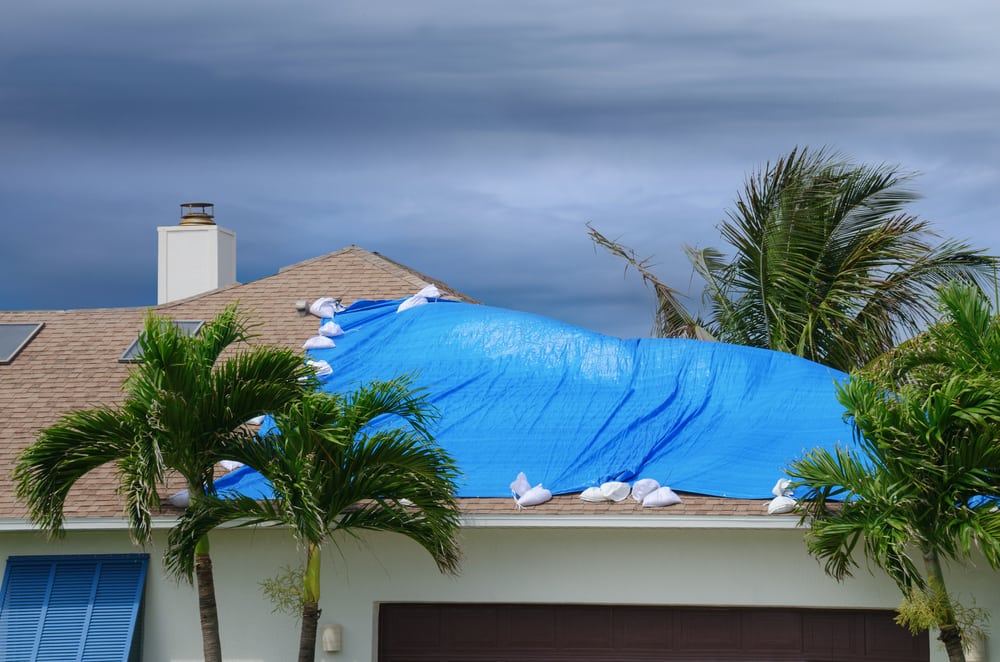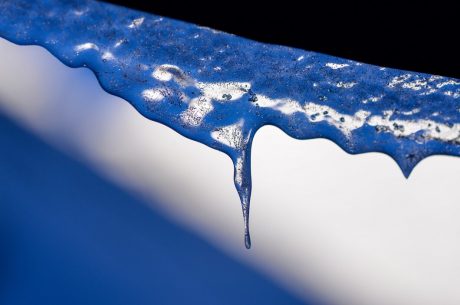Flash floods can destroy parts of a home in just minutes. Heavy rain fills up streets, seeps into basements, and damages anything in its path. For homeowners in Michigan, summer storms are unpredictable and strong enough to turn a quiet evening into a fast-moving mess. When the water finally stops rushing in, what’s left behind isn’t just wet furniture or muddy floors—it’s a long list of new problems that need fixing right away.
Acting quickly after a flash flood matters. Waiting too long can make things worse, especially when water has time to sneak into walls, flooring, and furniture. That standing water isn’t just annoying. It could lead to mold, weakened structures, and odors that linger for weeks. The good news is, with the right steps and support, your home can recover. Knowing what to expect helps make it easier to bounce back.
Assessing The Damage
Before anything else, safety has to come first. If you’re walking into your home after a flood, look for signs of structural damage like cracked walls or floors. If anything seems out of place or dangerous, it’s smart to wait for professional help. But once you’re sure it’s safe to go inside, the next step is figuring out how bad the damage really is.
Flash floods tend to hit lower levels of the home first. That includes:
- Basements
- Ground-level living spaces
- Crawl spaces
- Garage floors
- Upholstered furniture and area rugs
- Electrical outlets and appliances near the floor
Water won’t always leave behind visible damage. Moisture can settle in places you might overlook, like gaps under baseboards or between layers of flooring. Even small amounts can cause big problems down the road. Odors and soft spots in wood floors are usually signs that water has gotten deeper than you thought.
Along with wet items, flash floods sometimes bring in dirt, debris, and even sewage. These add extra risks and make cleaning harder. After walking through the space, take photos for insurance and try to note anything that smells off or feels damp. But don’t try to tear into walls or lift flooring on your own. It’s often better to wait until experts can test for hidden damage using proper equipment. That step makes sure nothing is missed and helps you fully restore your home.
Immediate Steps To Take
After flooding, quick action can make all the difference. While you don’t need to start tearing out walls right away, there are a few basic things that can help prevent further damage and keep your home safe.
Here are the first steps to take:
- Shut off all electricity and gas if there’s standing water or if appliances were underwater.
- Open doors and windows to improve airflow and help dry things out naturally.
- Begin removing standing water with shop vacs or pumps if it’s safe.
- Use fans and dehumidifiers to speed up drying for wet floors and walls.
- Move small personal items like books, clothes, and cushions to a dry, clean area.
- Place aluminum foil or wood blocks under furniture legs to prevent soaked carpets from staining.
- Wear gloves, boots, and face protection to avoid contact with dirty floodwater.
Even if things seem dry on the surface, the damage underneath may still grow. Mold usually starts in spaces that feel damp and hidden. So keeping humidity low is just as important as drying what you see. Don’t rely on smell alone—some types of mold aren’t easy to notice until they’re already spreading. These first few hours and days are when fast action can really help slow down long-term repairs.
Professional Restoration Services
Once the immediate danger has passed and the water is cleared out, it’s time to think about what comes next. A flood restoration company can help identify problems you may not even know exist. Most of the time, flood damage goes beyond what you can see. Moisture trapped inside walls, under floors, or behind cabinets needs professional tools to detect and properly remove.
Working with specialists brings a few major advantages. For starters, a restoration crew uses high-power drying equipment like air movers and industrial dehumidifiers. These aren’t your average fans or space heaters. They’re designed to pull hidden moisture from building materials before it leads to bigger issues like mold or warping. On top of that, they use moisture meters and thermal cameras to pinpoint damp spots that aren’t obvious to the naked eye.
Here’s a closer look at what the restoration process often includes:
- Full moisture inspection to find soaked areas you can’t see
- Removal of damaged building materials like drywall or flooring that can’t be saved
- Deep cleaning and sanitizing of flood-impacted areas to remove bacteria
- Professional-grade drying equipment installed throughout the home
- Air quality testing and deodorizing to remove musty or foul smells
Another important part of the process is documenting everything for insurance. Most restoration companies will keep records of their work and damage they find during inspections. That can be helpful when trying to get coverage or explain what’s needed to move forward with repairs.
Preventing Future Flash Flood Damage
After going through something as stressful as flood cleanup, many homeowners start thinking about how to lower their risk next time. While some storms are just too strong to stop completely, there are ways to prepare your Michigan home to better handle flash floods.
Here are some upgrades and habits that can add protection:
- Keep gutters and downspouts clear of leaves so water flows away from your home
- Slope the ground around your foundation to direct rainwater away
- Install a sump pump with a backup battery to help control basement flooding
- Add water barriers or flood sensors in lower-level rooms
- Seal cracks in foundation walls and around basement windows
It also helps to know what your property is up against. Look at how rainwater collects in your yard or near walkways. If it tends to pool after every storm, that could be a sign of poor drainage. In some neighborhoods, local governments offer programs or info on how to reduce flood risk. Community workshops or online maps may show you what areas are most at risk or where improvements are being planned.
Being prepared doesn’t make storms go away, but it can help cut down on the stress the next time one shows up. Even simple changes, like checking your sump pump once a month or trimming back yard drains, can make a difference.
Getting Your Home And Life Back On Track
Restoring your home after a flash flood is about more than just repairs. It’s about creating a place you feel good in again. Once damaged areas are dry and cleaned up, things like new paint, fresh flooring, or putting furniture back where it belongs can help make the space feel whole again. It’s also totally normal to feel worn out after a cleanup—moving back into your routine may take a little time.
For families in Michigan, summer floods tend to bring a lot of stress and quick decisions. But recovery is doable one step at a time. Whether it’s fixing the foundation, patching up drywall, or just getting the musty smell out of the carpet, every piece you repair brings you closer to feeling at home again. The key is not tackling it all alone and knowing who can help guide you through it.
Dealing with the aftermath of a flash flood can be overwhelming, but you don’t have to handle it alone. If you’re looking for expert help to assess and repair any damage, reach out to PuroClean of Bloomfield Hills. As a trusted flood restoration company, we use advanced techniques and equipment to ensure your home is restored safely and effectively. Learn more about our comprehensive water damage restoration services to get your home back to its best.



 PuroClean of Bloomfield Hills
PuroClean of Bloomfield Hills